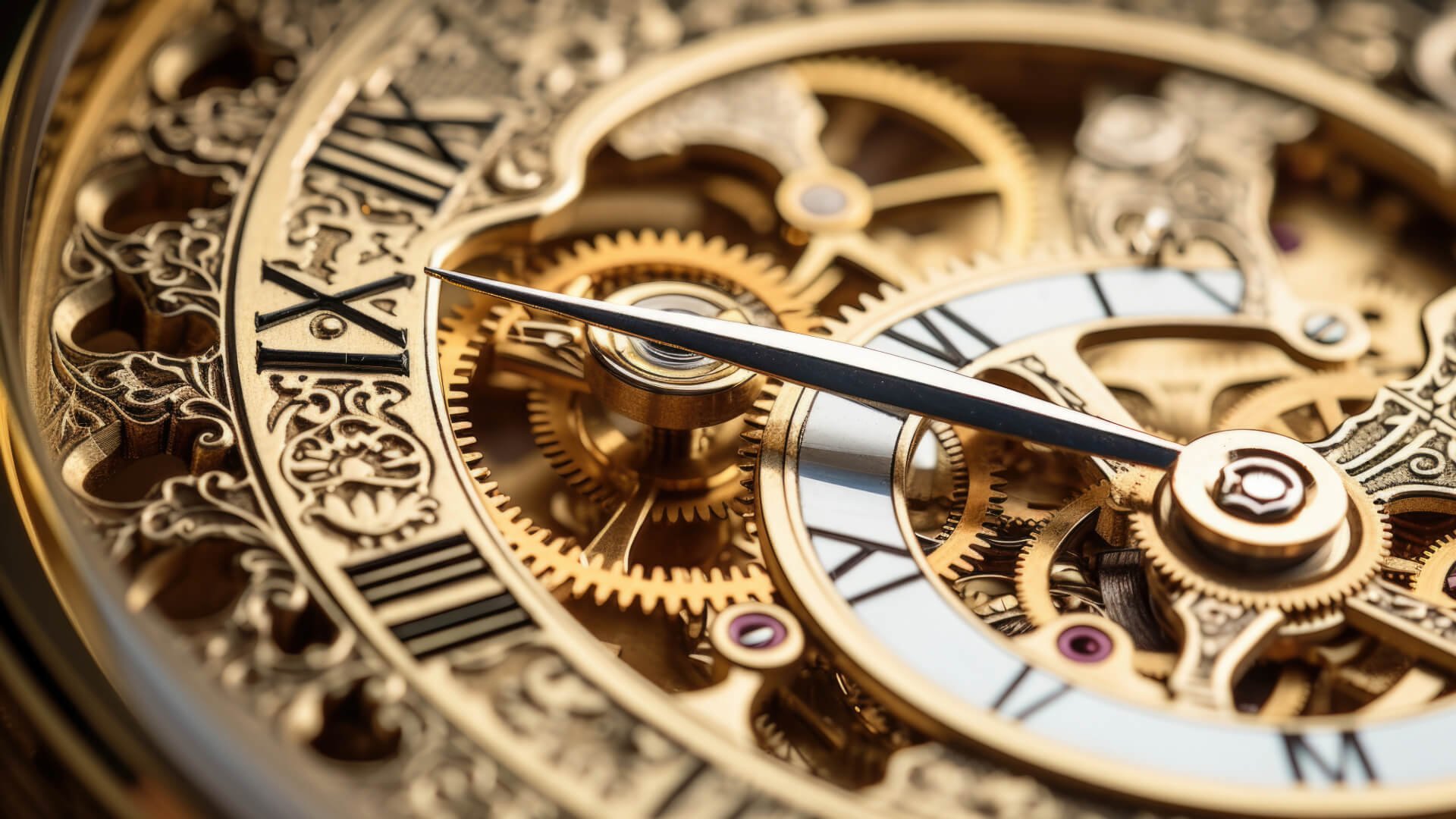Our Ultimate Guide to Vintage Watch Restoration
Welcome to our comprehensive guide to vintage watch restoration, where we unravel the mysteries of timepiece preservation and revival. Whether you've unearthed a family heirloom or stumbled upon a hidden gem, understanding the process of vintage watch restoration and common repairs can be invaluable in making an informed decision when breathing new life into your horological treasure.
How Can You Tell if a Watch Is Vintage?
A watch typically needs to be at least 30 years old to be classified as vintage, although definitions can vary slightly among collectors and experts. Determining the year your timepiece was manufactured is often confirmed by the serial number, which is usually located on the movement or case back of your watch.
Are Old Watches Worth Repairing?
Whether or not old watches are worth repairing depends on their sentimental and monetary value, condition, and repair costs. Watches with sentimental value or family heirlooms passed down through the generations are common reasons for individuals to seek out a vintage watch repairer.
The condition of the watch and the extent of any damage are crucial factors to consider. Minor issues like a broken watch crystal or a dead battery are generally worth fixing, while significant movement overhauls due to water damage, for example, can be more costly. Additionally, vintage and high-end watches often require specialised expertise, so finding a reputable vintage watch repair specialist is essential.
Sourcing genuine replacement parts for vintage watch models can be a time-consuming process, primarily because original parts are often no longer in production. Instead, watch repair shops rely heavily on their connections within the niche watchmaking community.
You should also consider the watch's value before and after the repair.
High-end brands like Rolex, Patek Philippe, and Omega, as well as rare and collectable models, are typically worth repairing because of their high resale value and appeal to collectors.
Finally, consider the ongoing maintenance required to keep your timepiece in good working condition after repairs. If you're wondering whether your vintage timepiece is worth repairing, feel free to reach out to our watch repair experts, who'll be more than happy to provide you with a quote and help you make an informed decision.
What Are the Common Repairs for Vintage Watch Models?
Vintage watches, due to their age and often delicate mechanisms, can face several common issues over time. These include:
Worn-out or Broken Parts
Components such as gears, springs, and jewels play critical roles in maintaining a watch's timekeeping accuracy. Over time, the teeth on gears can wear, leading to irregular timekeeping. The mainspring, essential for storing and releasing energy, may weaken due to fatigue, resulting in reduced power reserve. Additionally, the continuous movement and friction between the jewels and pivots gradually wear down the surfaces of both, albeit slowly, due to the hardness of the materials involved.
Lubrication Degradation
Lubricants are essential for the smooth operation and longevity of a watch's movement. As vintage watches age, without regular servicing, the lubricants inside the movement can dry up, thicken, or degrade due to exposure to environmental factors such as temperature fluctuations, humidity, and dust particles.
Moisture Damage
Due to their age, vintage watches often experience compromised seals or gaskets, which maintain the water-resistant capabilities of your timepiece. Seals and gaskets, typically made of rubber or silicone, are designed to create a tight seal between the various components of the watch case, such as the case back, crystal, and crown. As these seals age, they can harden, shrink, or crack, diminishing their ability to keep moisture out of the watch case effectively. Once moisture enters the case, it can wreak havoc on the movement and dial.
Crystal Scratches or Cracks
Vintage watch crystals (particularly those made of Hesalite glass) are prone to scratching or cracking over time. Additionally, the manufacturer may have discontinued the production of the watch glass, and a bespoke watch crystal will need to be cut to size.
Dial Restoration
Discolouration of the dial is a common occurrence, influenced by factors such as exposure to sunlight, environmental conditions, and even the materials used in the dial's construction. For example, white dials may develop a cream or ivory tint. Additionally, Luminous materials, such as radium or tritium, were commonly used in vintage watches to provide visibility in low-light conditions. Over time, these materials can deteriorate, resulting in a loss of their luminous properties.
Case and Link Repairs
Scratches are a common occurrence on both the case and bracelet, developing over time from the regular friction of daily wear and occasional impacts against surfaces. Alongside scratches, metal bracelets can also show signs of stretching in their links. This stretching occurs gradually as the bracelet conforms to the wearer's wrist and movements over years of use, resulting in a looser fit.
Crown and Stem Problems
The crown (winding mechanism) and stem can wear out over time, making it difficult to wind your watch. A broken stem may feel loose or wobble when you attempt to set the time or wind the watch. Additionally, when turning the crown, if you feel any resistance or a grinding sensation, it could indicate that the stem is not engaging smoothly with the movement's gears, possibly due to damage, wear and tear or misalignment.
Addressing these common issues with vintage watches often requires the expertise of a skilled watchmaker experienced in vintage timepieces, as well as access to specialised tools and resources to ensure proper restoration and maintenance.
How Often Should I Have My Vintage Watch Serviced After Restoration?
While there's no definitive rule, a typical recommendation is to have your vintage watch serviced every 3-5 years if it is worn regularly. Alternatively, servicing every 5-7 years may suffice if you wear your watch less frequently and adequately store your timepiece.
How Much Does Vintage Watch Restoration Typically Cost?
Restoring a vintage watch can cost anywhere from £200.00 upwards. However, it's essential to remember restoring a vintage timepiece is an entirely different discipline from general watch servicing. Instead, it's about preserving the historical characteristics of a timepiece.
It's advisable to get a detailed estimate from a reputable watchmaker based on the specific needs of your vintage watch before proceeding with any restoration work to ensure transparency and clarity regarding the costs involved.
Are You Looking for a Vintage Watch Repair Specialist?
If you're contemplating the repair or restoration of a vintage watch, our team of experienced specialists are here to help. Contact us today for a consultation and quote, and let us assist you in preserving and revitalising your cherished timepiece to its former glory.

